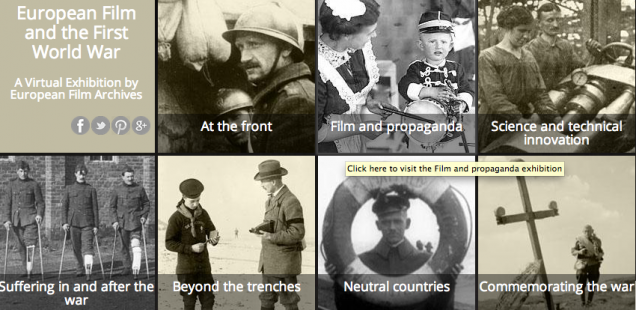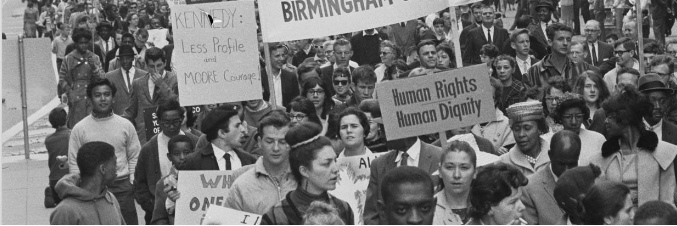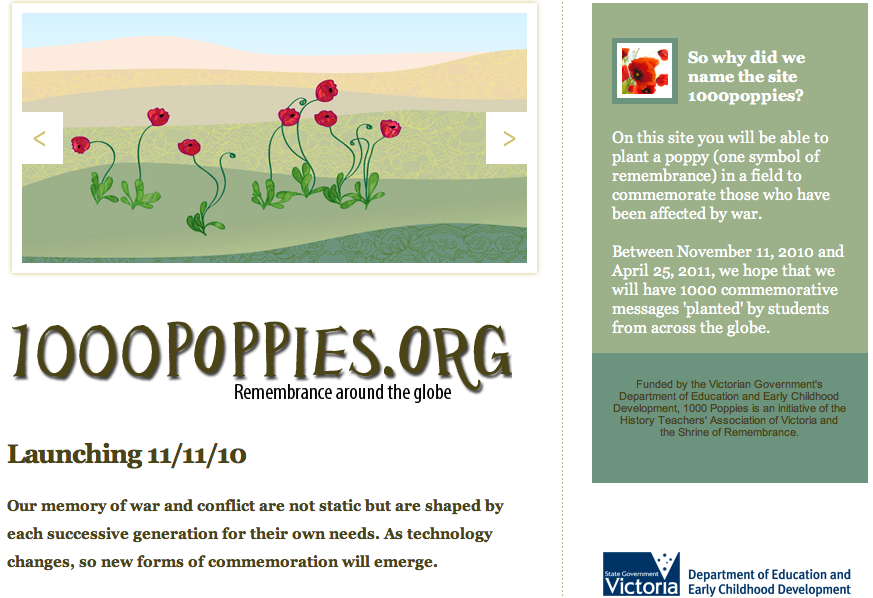
Over the past week we have witnessed news reports of Australian Prime Minister, Tony Abbott, and war service veterans attending the 70th anniversary of the D-Day landing in Normandy. The largest seaborne invasion in history. Our attention has been drawn to the veterans as they relive and recount the impact of the war years on their lives. Over the next year, as we commemorate the 100th anniversary of Anzac, we will be encouraged to reflect on the efforts of all Australians during wartime. We are fortunate to have access to a growing range of quality online resources that document the people and events involved in defending Australia. This commemoration is an opportunity to harness the creativity of our students and involve them in revisiting, and perhaps even discovering, their own family history. These World War I sites are some that will adapt well to the classroom.
100 Years of Anzac is the official website of the Australian Anzac Centenary commemorations. The Centenary is planned to be a time remember not only the original Anzacs who served at Gallipoli and the Western Front, but commemorate more than a century of service by all Australian servicemen and women. It encompasses all wars, conflicts and peacekeeping operations in which Australians have been involved. This site includes links to many relevant resources.
Gallipoli and the Anzacs Created by the Australian Government, Department of Veterans’ Affairs, this site contains a wealth of information about Gallipoli, the landing, individual accounts, photographs, diaries and the Gallipoli Peninsula today. Ideas and resources available support the study of Gallipoli for many different approaches.
World War I Diaries – Our Stories, Your Stories is a commemorative project of State Library of NSW. Through 2014 to 2019 the Library will take its collections on site, on tour and online to tell our stories, and to listen to your stories. At the heart of the commemorations is the collection which includes some 1140 volumes of diaries written by over 500 servicemen and women, supported by newspapers, photographs, maps and ephemera. Diaries will be completely digitised, transcribed and available on line. The library is inviting the public to contribute their own stories. See also World War I and Australia Research Guide
Researching Australians in World War I Research Guide developed by staff of the State Library of Victoria focuses on Australians serving in World War 1. It also includes some information relevant to Great Britain, Commonwealth nations and other combatant nations. Included is a section on nurses and women’s war occupations. This guide is a digital roadmap for any war service researcher old or young. It provides links into library records and collections with tips on how to construct a successful search and where to look for particular information.
Mapping our ANZACs by the National Archives of Australia has been available for a number of years and continues to grow in richness as people build their own scrapbooks and add family photographs. It provides an accessible interface for searching veteran war records. The interactivity of this site is an ideal teaching opportunity as students trace their own family members and then potentially, contribute to the collection. It’s a site that can stimulate family conversations and potentially lead to the revealing of family stories. A reminder about War & Identity- Education, a website of the Anzac Day Commemoration Committee. This site has also been available for some time but the interactive resources are well worth a reminder as schools introduce 1:1 computing devices.
Finally, Lives of the First World War – is a UK First World War Centenary project. Presently in its infancy, the Imperial War Museum is creating this project to bring material from museums, libraries, archives and family collections from across the world together in one place. They hope to inspire people of all ages to explore, reveal and share the life stories of those who served in uniform and worked on the home front. Australians are invited to contribute their family stories to help build this Commonwealth resource.
This is not an exhaustive list of Australian World War I resources. It is a sample of the material available for students to develop their own content, contribute their own stories and develop a greater understanding of their place in history.
Do you have a resource to recommend? Please share your knowledge via the comments option.




